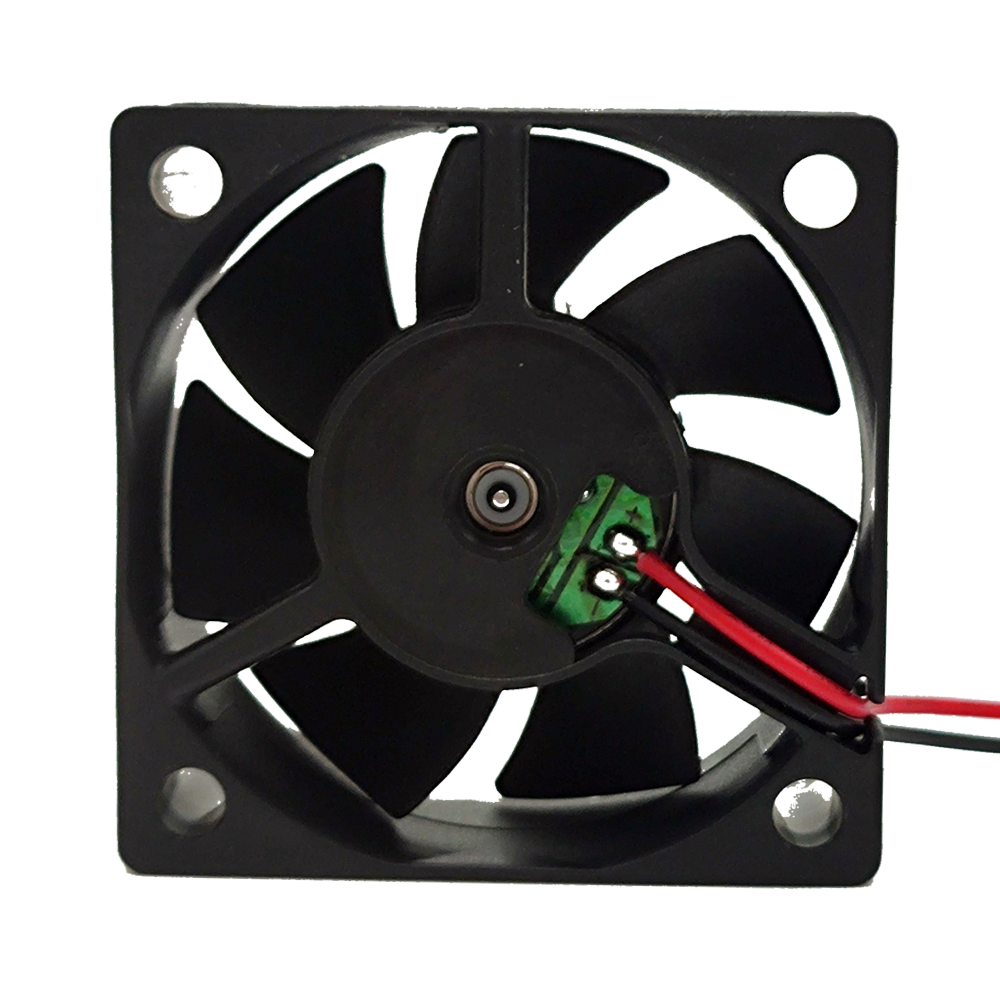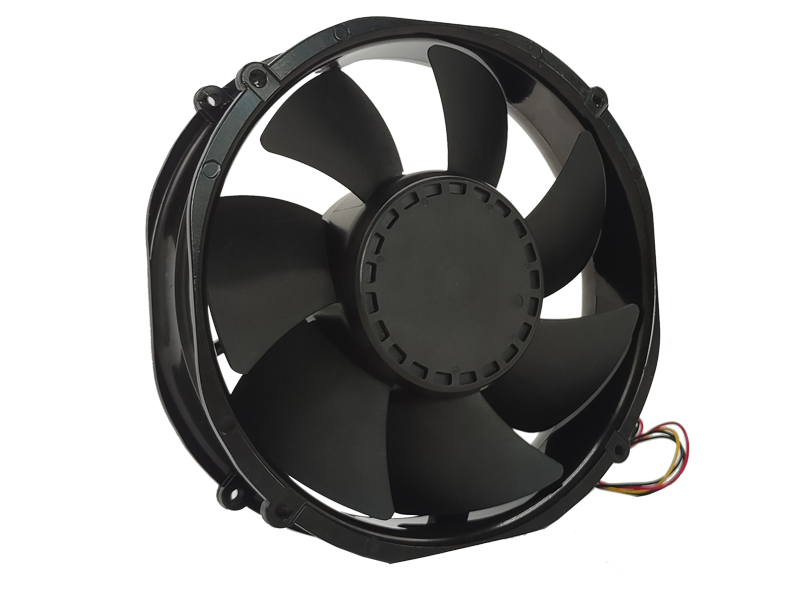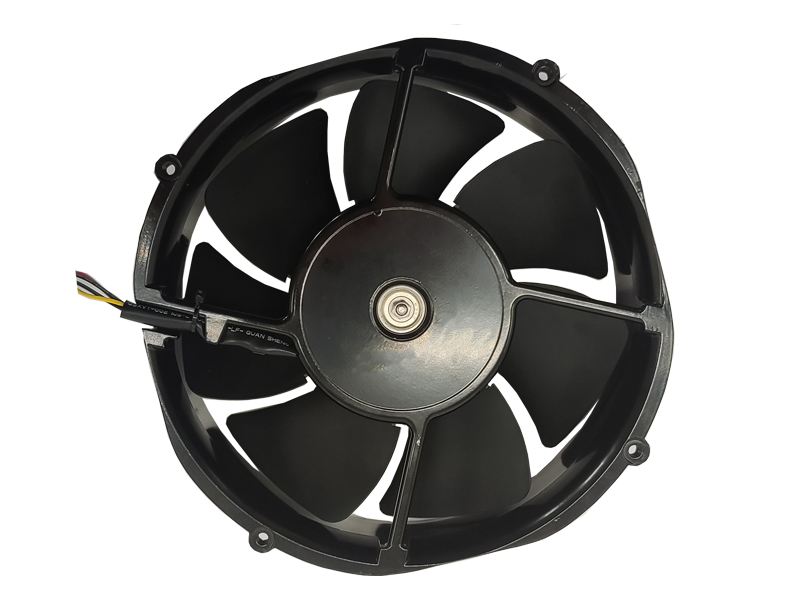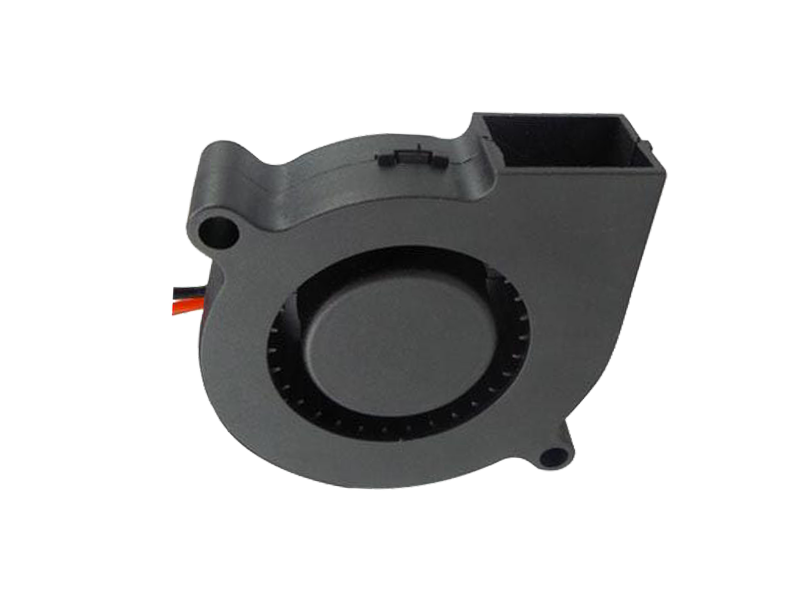Industrial fans have undergone a remarkable transformation, evolving from simple mechanical devices to sophisticated, technology-driven systems that play a pivotal role in today's manufacturing settings. This evolution has not only enhanced their functionality but also expanded their application across various industries, driving efficiency, safety, and sustainability. This article explores the historical progression of industrial fans and their current impact on manufacturing operations.
Historical Context
The concept of using fans for ventilation dates back centuries, with early iterations powered by manual methods such as hand cranks or animal treadmills. However, it was the Industrial Revolution in the 18th and 19th centuries that marked a significant leap, with the introduction of steam-powered fans. As technology advanced, electric motors replaced steam power, leading to the development of more efficient and reliable industrial fans.
Modern Innovations
Today's industrial fans are a testament to technological advancements. High-efficiency motors, advanced aerodynamic designs, and the integration of smart sensors and IoT technology have transformed these devices into intelligent systems capable of precise climate control. The advent of variable frequency drives (VFDs) has allowed for more granular control over fan speeds, further optimizing energy consumption and operational efficiency.
Industry-Specific Applications
The evolution of industrial fans has led to the development of specialized models tailored to meet the unique needs of different industries. For instance, in the pharmaceutical industry, high-efficiency particulate air (HEPA) filters are incorporated into fans to ensure a sterile environment. In automotive manufacturing, heavy-duty fans with corrosion-resistant coatings are used to withstand harsh chemicals and extreme temperatures. These industry-specific innovations demonstrate the versatility and adaptability of modern industrial fans.

Safety and Compliance
As safety regulations become stricter, industrial fans have evolved to meet these standards. Manufacturers now prioritize features such as explosion-proof designs for hazardous environments, silent operation to reduce noise pollution, and ergonomic controls for ease of use. Compliance with international safety standards, such as UL, CE, and ATEX, ensures that these fans contribute positively to workplace safety.
Sustainability Focus
In line with global sustainability goals, industrial fans are increasingly designed with eco-friendly materials and energy-saving technologies. Manufacturers are investing in research and development to create more sustainable products, reducing environmental impact while maintaining high performance.
In summary, the evolution of industrial fans reflects the dynamic nature of manufacturing and technological progress. Their current impact on enhancing efficiency, safety, and sustainability underscores their continued relevance and potential for future innovation.
Recommended Products

The main purpose:Car charging station

The main purpose:Car charging station

The main purpose:Electronic refrigerators, water dispensers, direct drinking machines, inverter power supplies
Address:No. 4137, Longgang Avenue (Henggang Section), Henggang Community, Henggang Street, Longgang District, Shenzhen
hotline:13530005572(Chen)15112579390(Li)


Welcome all friends to come for consultation and negotiation.
Copyright 2024 @ Shenzhen Youneng Xinyuan Electronics Co., Ltd.,(industrial fans,industrial blowers,axial fans,cooling fans manufacturer,centrifugal fans,ac cooling fans,dc cooling fans)